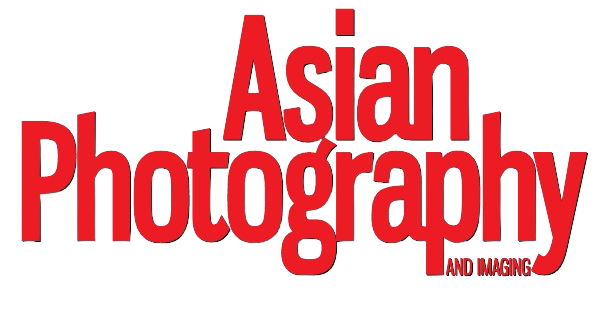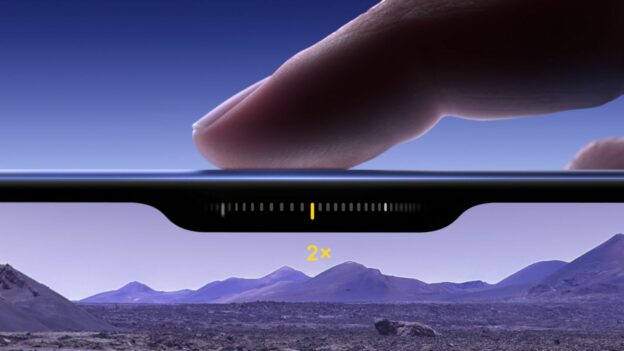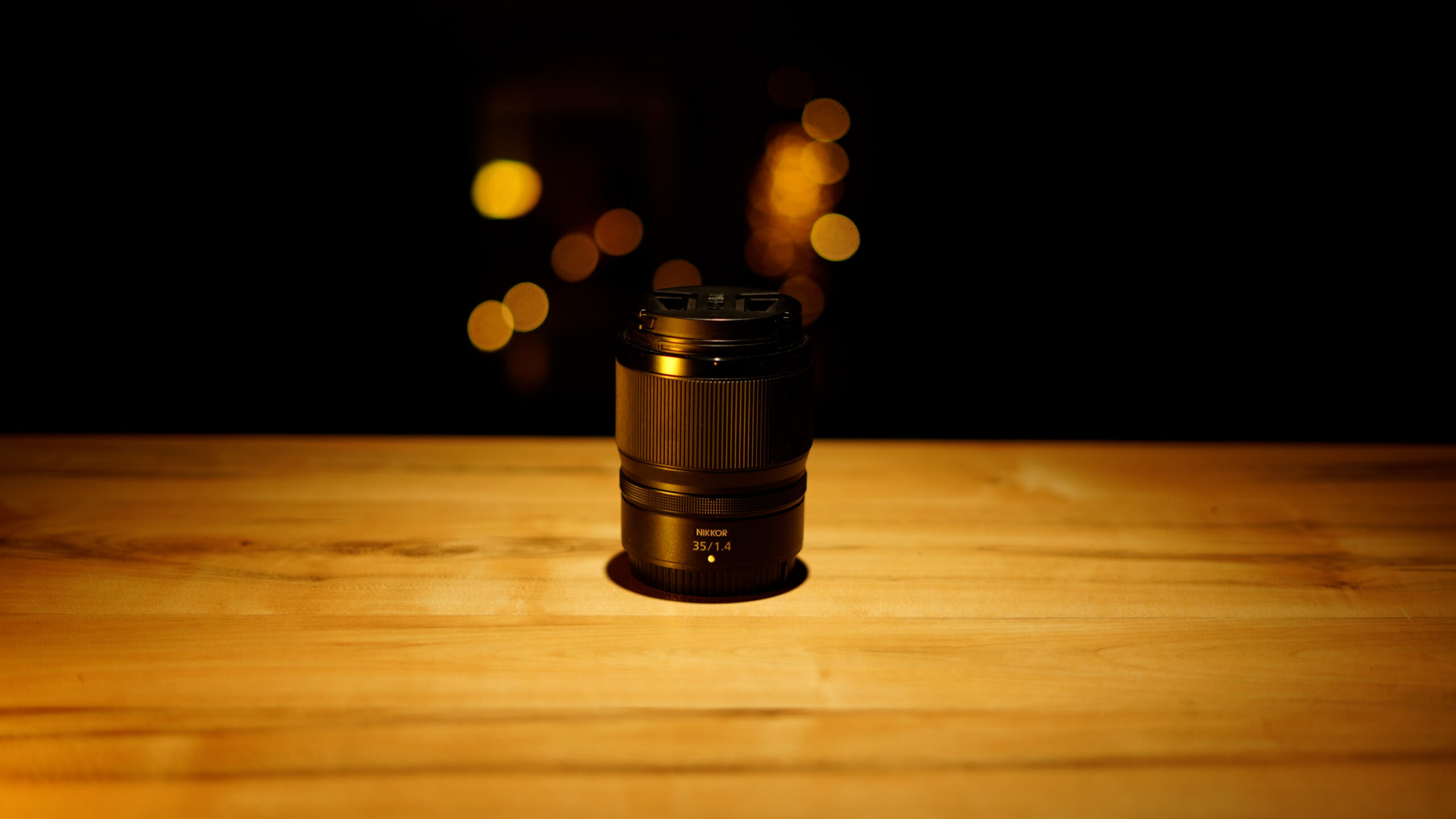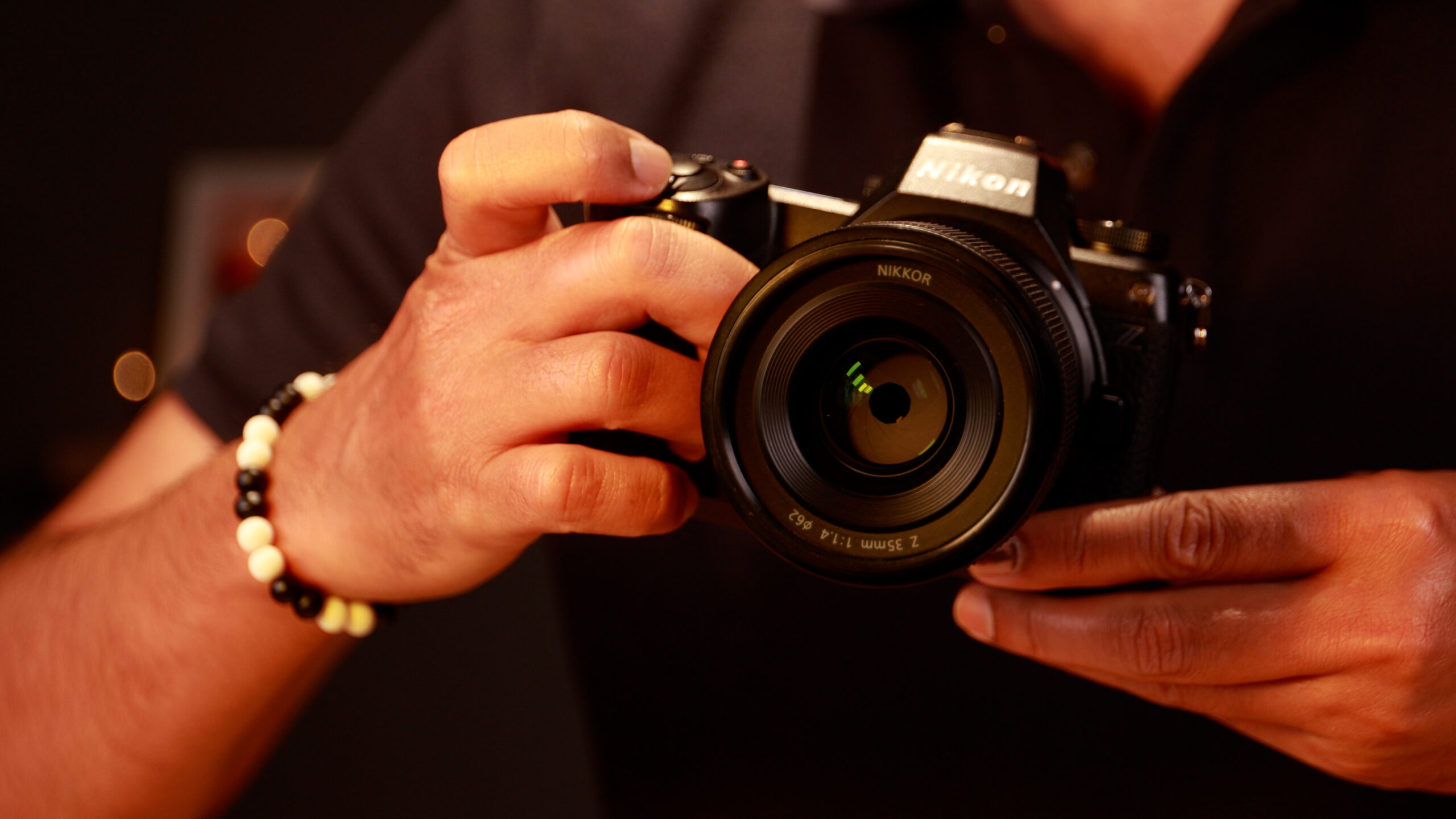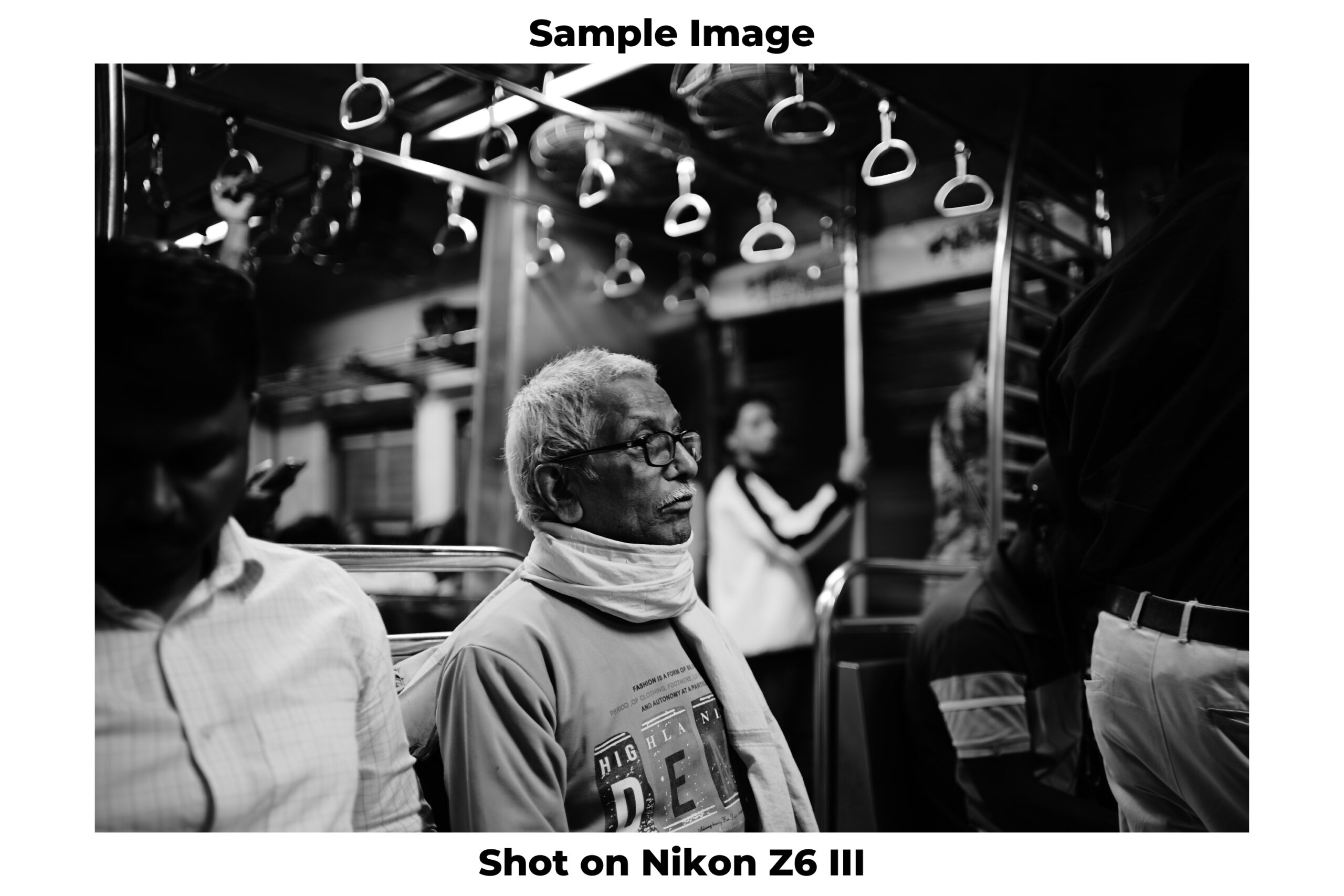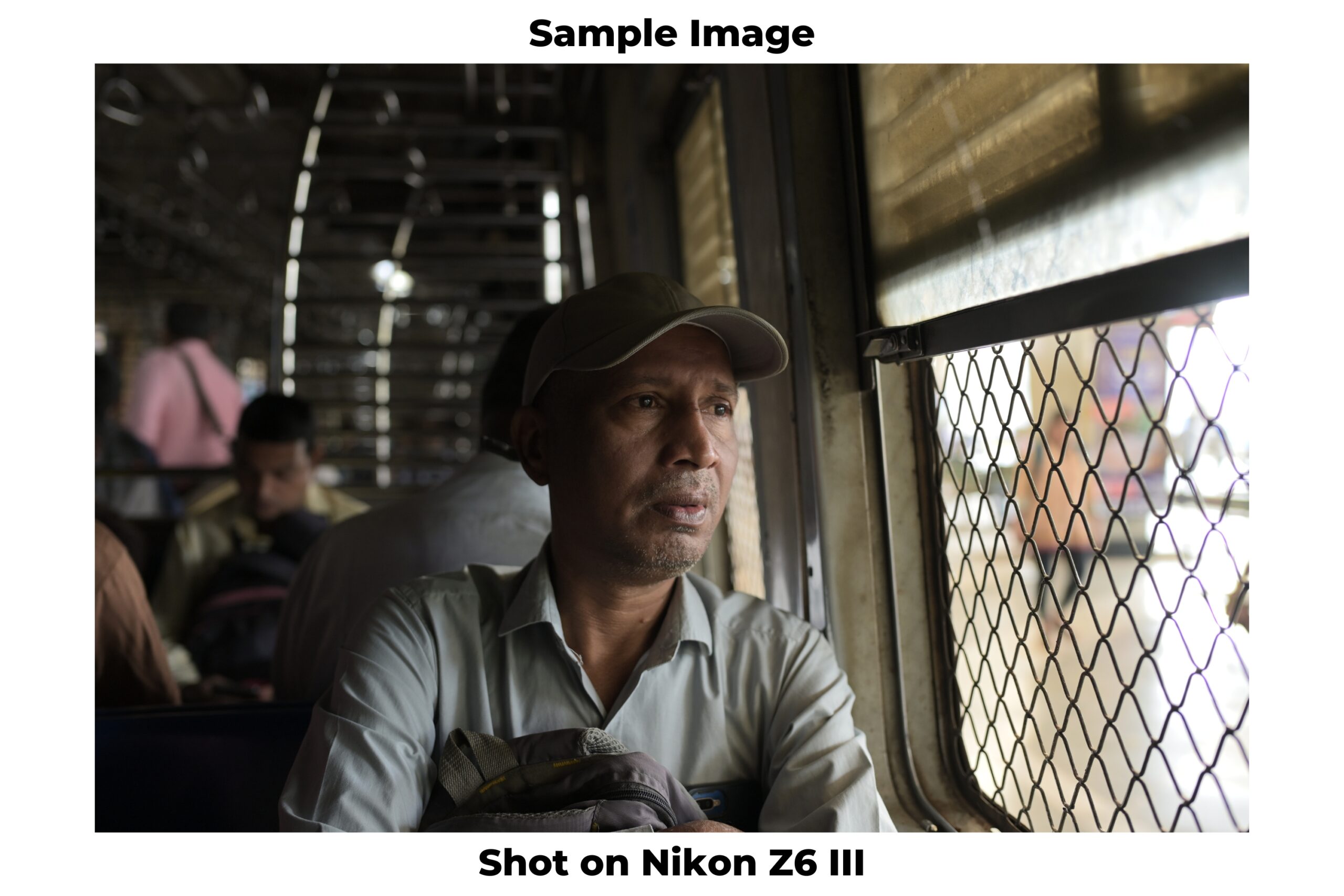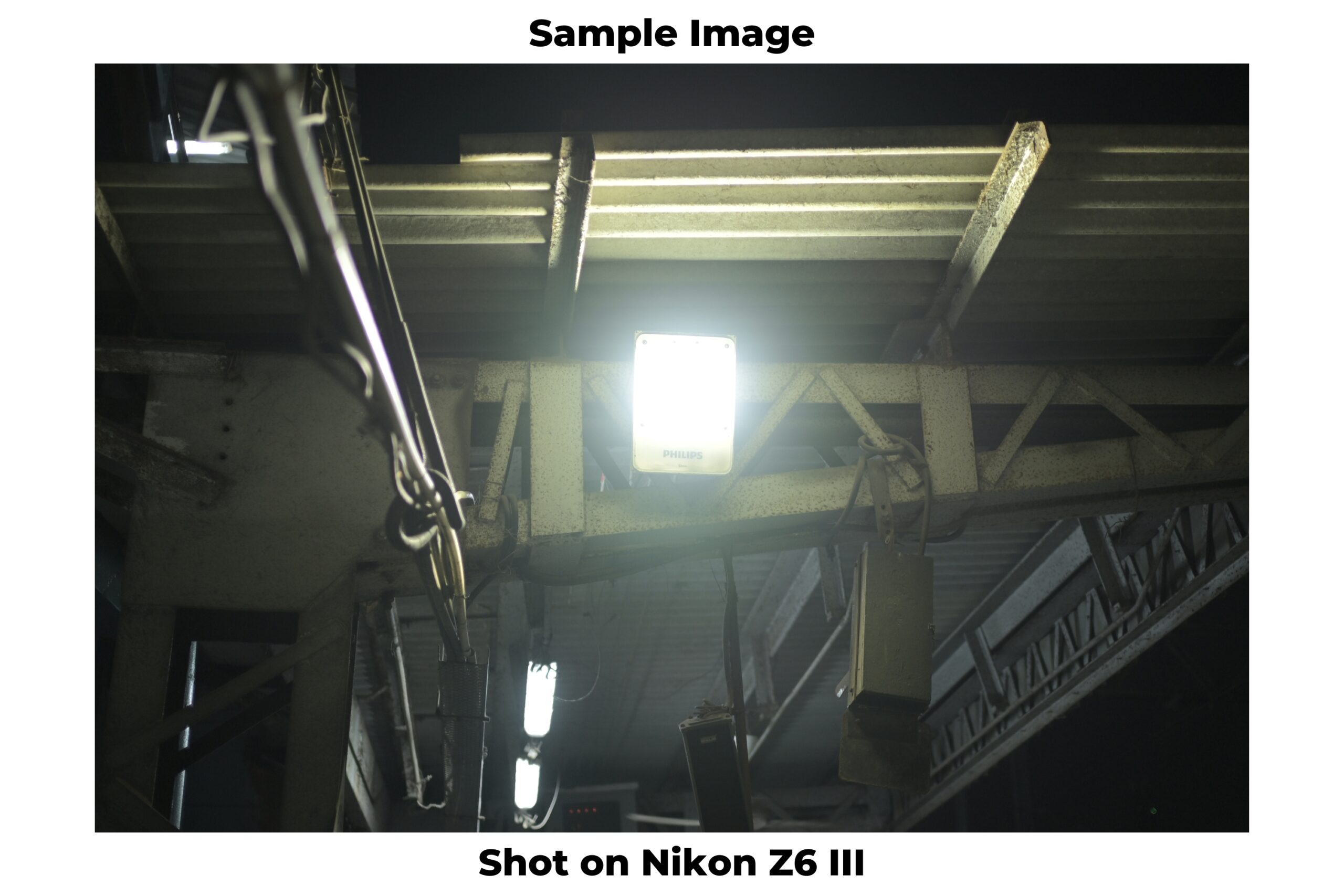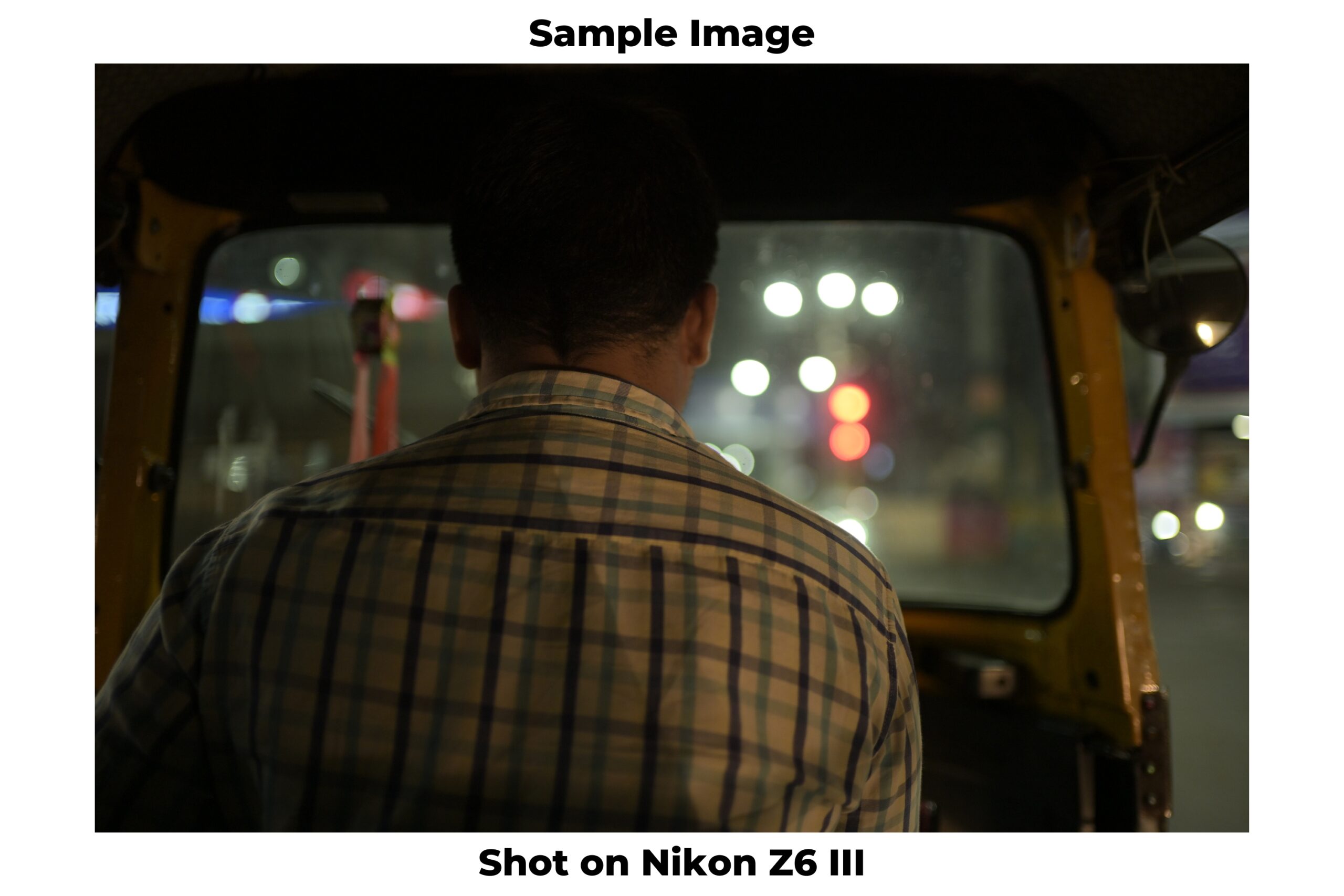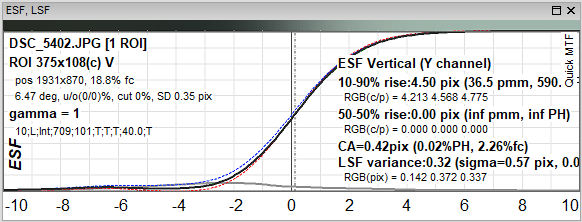With our magazine celebrating its 38th Anniversary this month, January also marks the start of a new year – a time when we explore the trends that we believe will shape the photography world in 2025. Since the beginning of this journey, photography has evolved phenomenally, and each year brings surprises and innovations. Here are some of the trends that we anticipate will make a significant impact in 2025.
By Bhavya Desai
AI-Assisted Editing
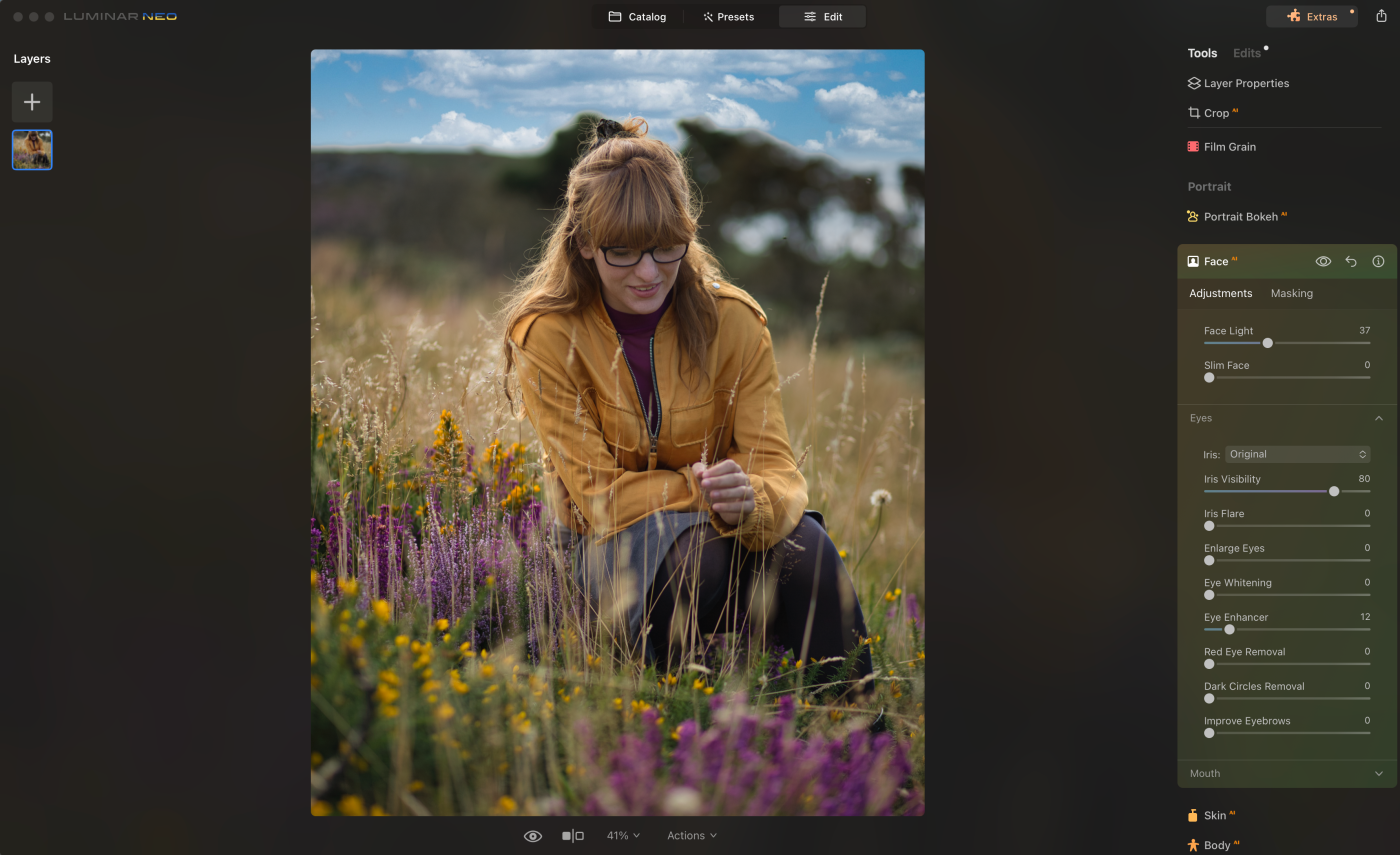
Artificial Intelligence (AI) has firmly embedded itself in photography workflows, with tools like generative fill taking center stage. AI-assisted editing software now enables creators to modify, extend, or reimagine their images with precision and speed. Whether it’s removing unwanted elements, enhancing backgrounds, or creating entirely new compositions, AI tools are empowering photographers to focus on their artistic vision while handling complex edits effortlessly.
Tech influencer MKBHD recently showcased a platform like this in one of his videos, highlighting its potential for content creators and drawbacks too. Such advancements hint at a future where AI-driven creativity might become mainstream.
Bold Colours
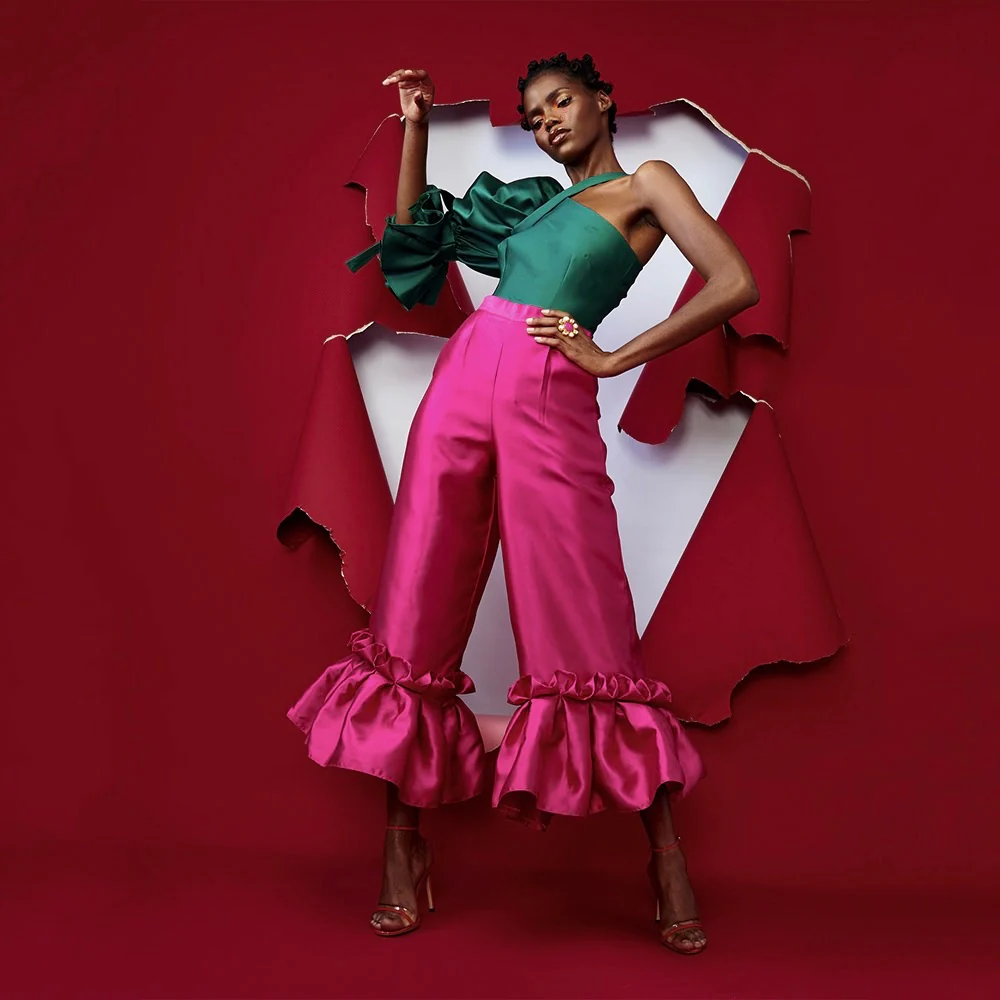
2025 is all about bold, unapologetic colours. From vivid reds and blues to electric yellows and greens, photographers are embracing a more striking colour palette to make their work stand out. This trend reflects a global appetite for visual storytelling that captures attention in an oversaturated digital landscape.
Vintage Nostalgia

Despite the onslaught of bold colours vintage aesthetic remains timeless, but 2025 is seeing a reinvention of the old-school charm. Film grain, sepia tones and retro-inspired filters are making a resurgence, offering a sense of nostalgia while blending seamlessly with modern themes. Photographers are leveraging this trend to evoke emotion and connect audiences with a sense of history.
High-Key Videos

As platforms like Netflix and other streaming giants invest in high-key visuals, photographers and videographers are adopting this trend in their projects. High-key videos, characterized by bright lighting and minimal shadows, offer a clean and polished look that’s perfect for brand campaigns, fashion shoots, and even social media content. Shows like Selling Sunsets on Netflix are good examples of this, but it’s safe to say that we still don’t see this coming to YouTube video content anytime soon.
Inclusive Photography
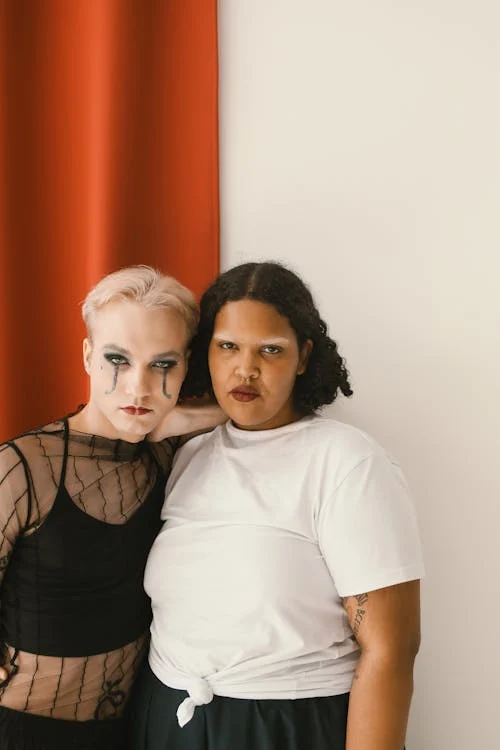
Representation matters more than ever. Inclusive photography is gaining momentum, showcasing diverse models, cultures and body types. Photographers are making conscious efforts to break stereotypes and celebrate individuality, ensuring their portfolios resonate with audiences worldwide.
Authenticity
While conversations still surround the fake Instagram-able life, today is all about authenticity. Gone are the days of overly staged portraits where photographers aim to capture genuine emotions and candid moments. This trend focuses on human connections, raw emotions and storytelling that feels real and relatable.
Drones Are Out
While drones revolutionized aerial photography and were used extensively even in 2024, their novelty has started to wear off – in the conventional sense. 2025 sees a shift towards grounded creativity, with photographers exploring unique angles and perspectives closer to the subject. This trend encourages innovation in composition without relying on aerial gimmicks and perspectives like FVP etc will be more visible in 2025.
Vertical Photography
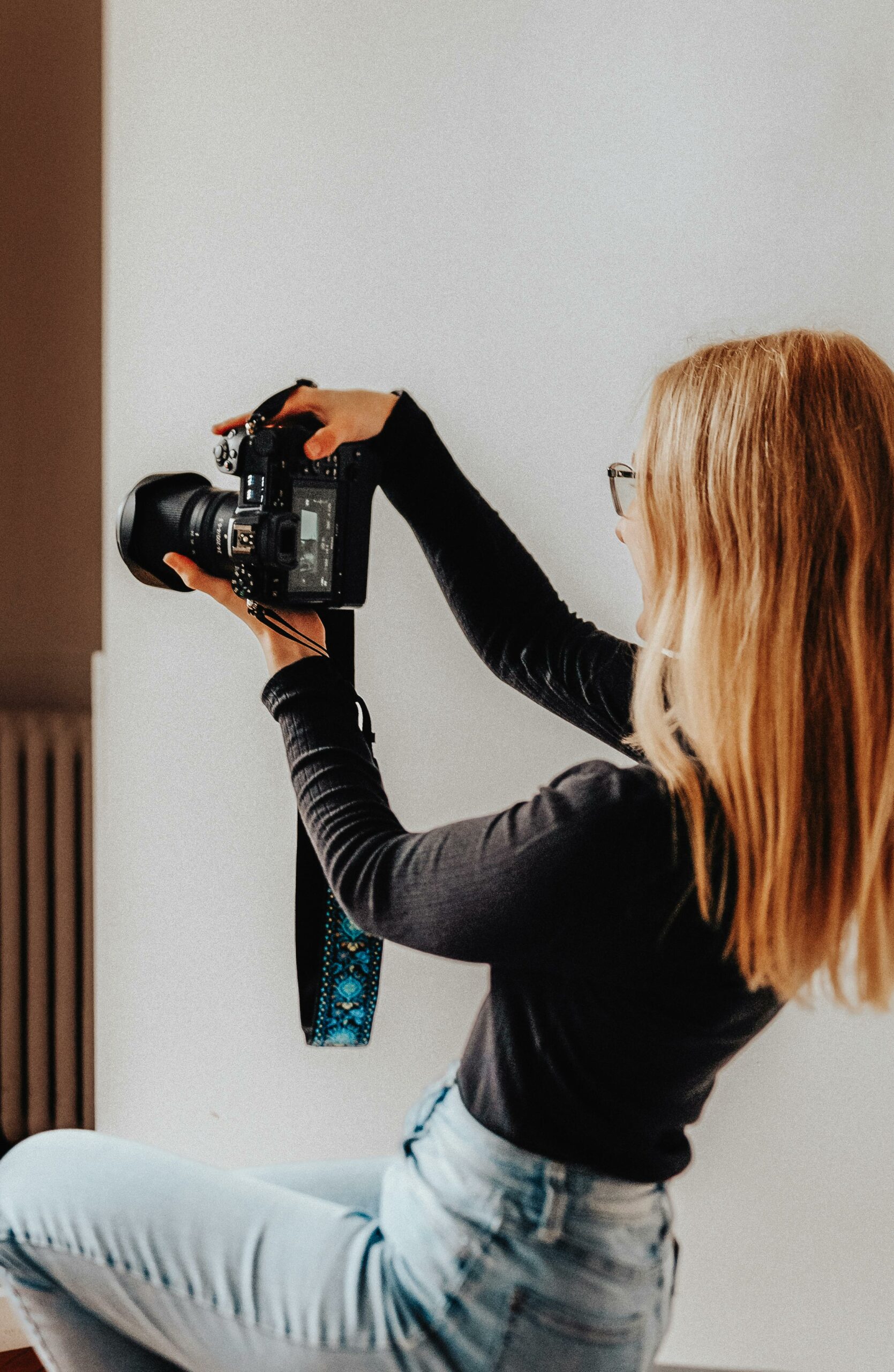
The dominance of mobile content has made vertical photography a staple – since the past few years. However, this year photographers are designing their shots with vertical formats in mind, ensuring their work aligns seamlessly with the viewing habits of audiences on platforms like Instagram Reels, TikTok, and YouTube Shorts. And this is in line with the brand strategies of today.
Advanced Printing Technologies
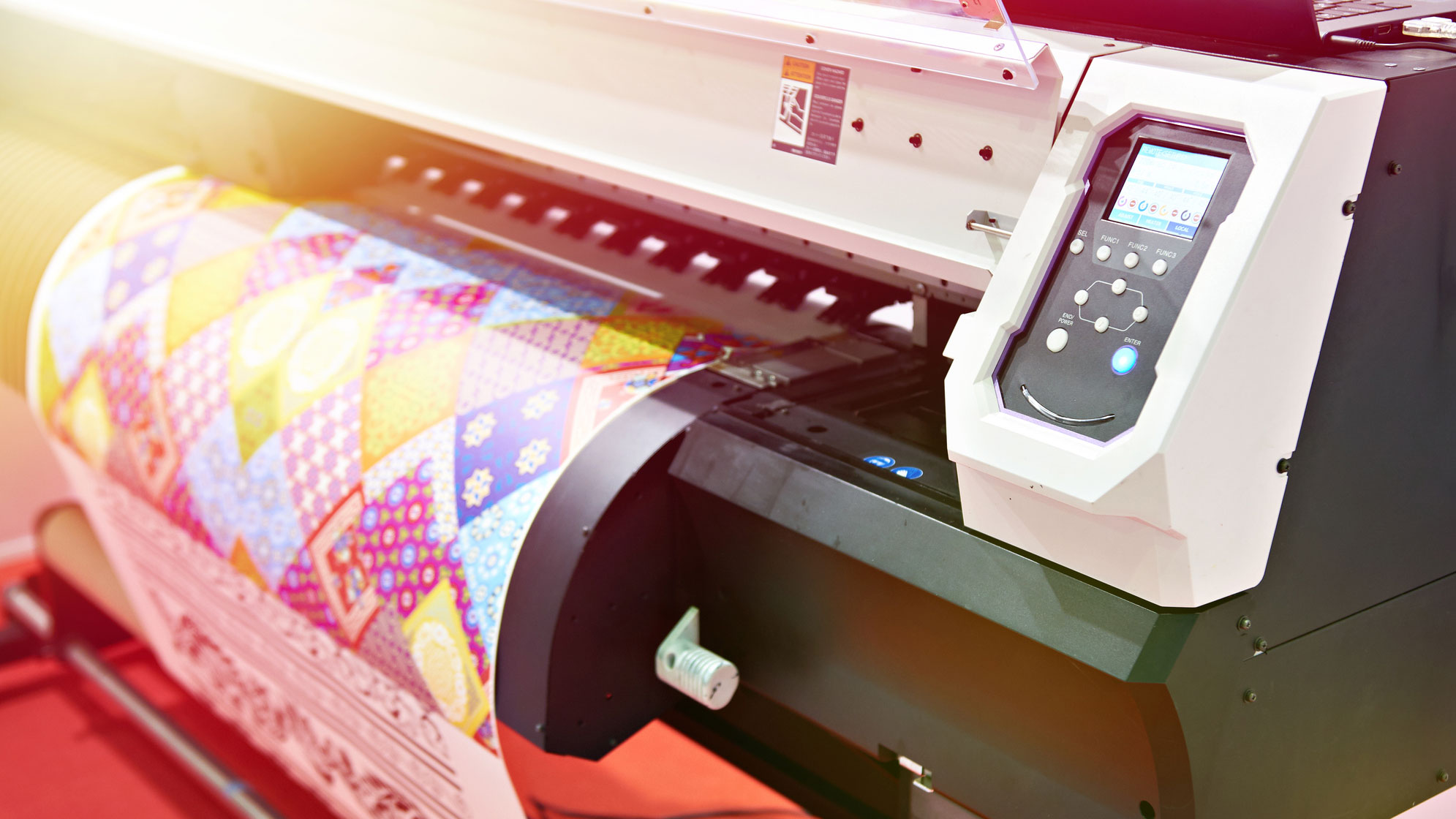
Printing is experiencing a renaissance with advancements in 3D printing and high-resolution inkjet technologies. Photographers are experimenting with textured photographs and prints that offer a tactile experience. This trend is redefining how we interact with visual art in physical spaces and in many ways also bringing print back.
Intentional Camera Movement
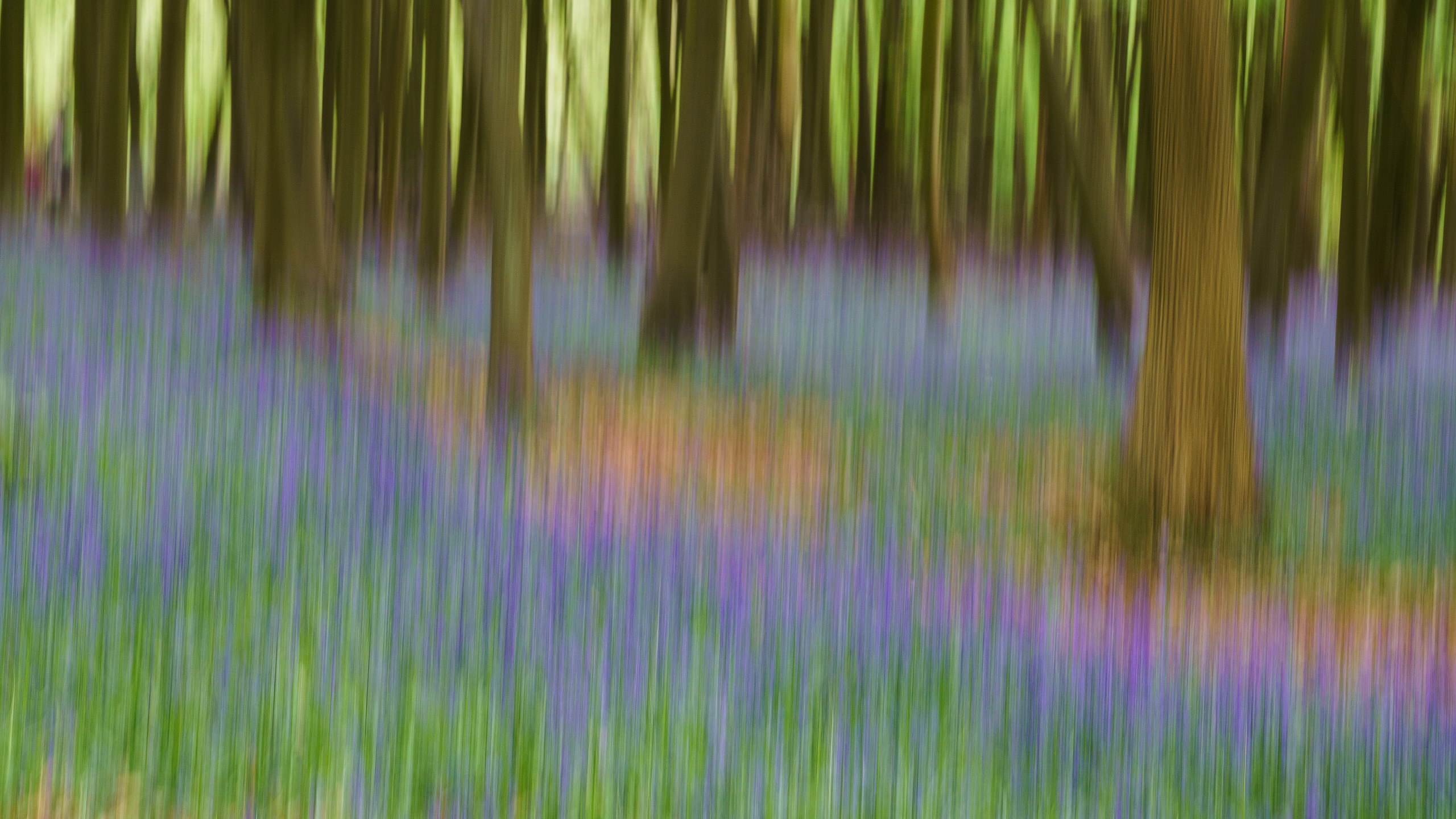
Intentional Camera Movement (ICM) is capturing imaginations in 2025. This artistic technique involves moving the camera during exposure to create abstract, painterly effects. It’s a favourite among fine art photographers looking to infuse their work with emotion and dynamism. You can also see that more and more in wedding styles and fashion. It took off in 2024 and still will continue as a key style in 2025 as well.
Camera Control button
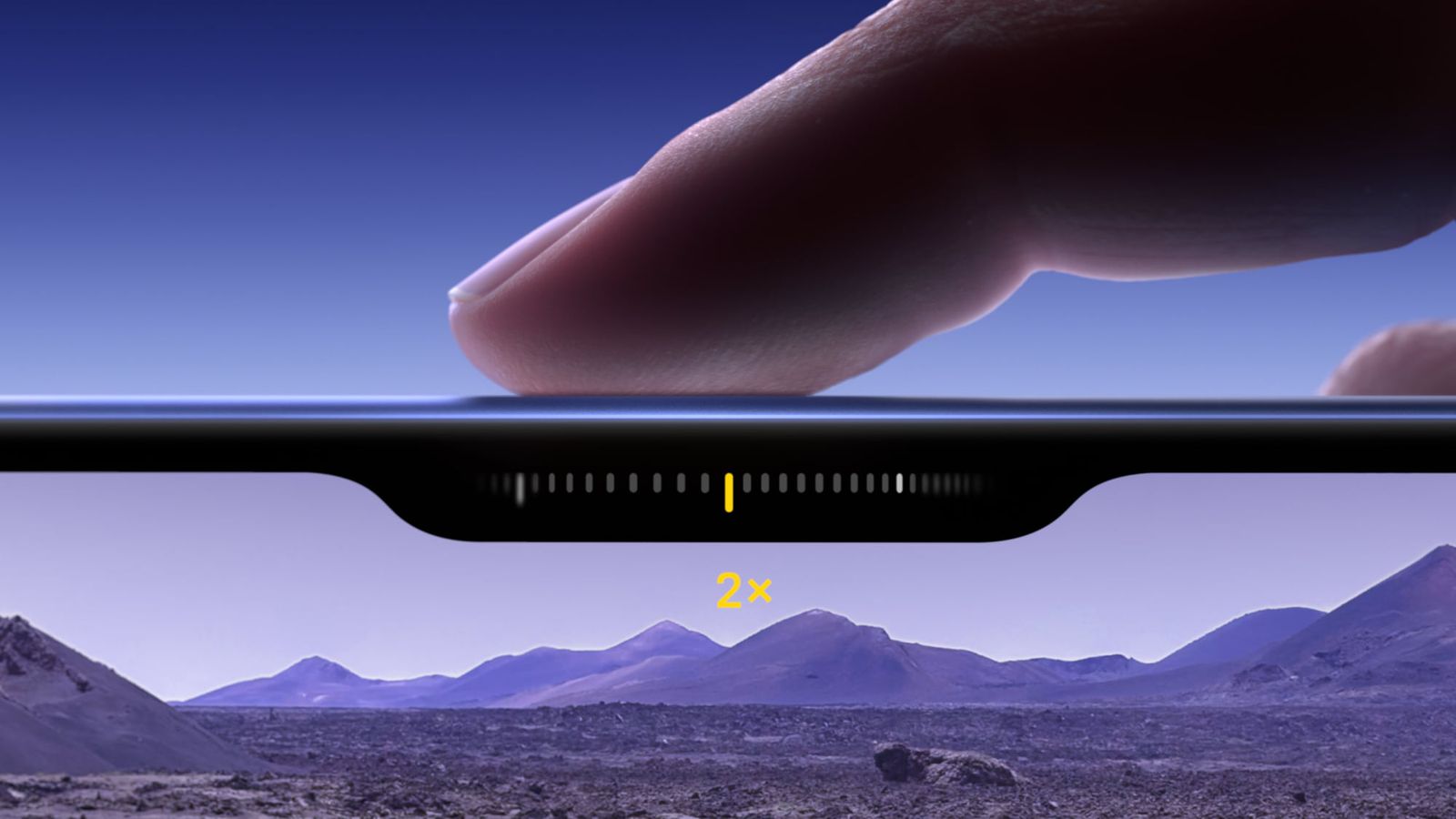
iPhone started it and it seems that more manufacturers might jump onto the bandwagon. Oppo also featured it in the Find X8 Pro and I feel more manufacturers might introduce it in their products in 2025. How much of that feature will be usable is still up for debate.
Photography in 2025 will be a blend of technology, artistry and cultural consciousness. By staying ahead of these trends, photographers can continue to innovate and inspire in an ever-changing creative landscape.
